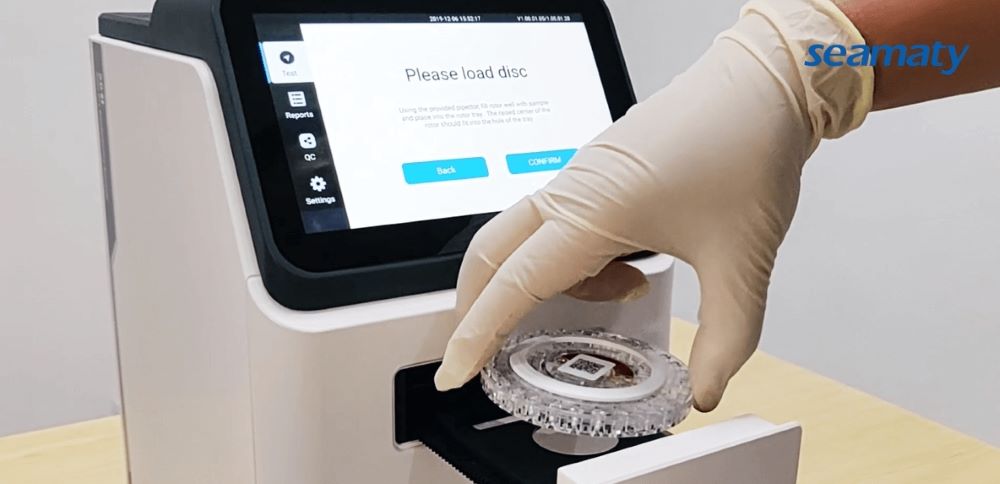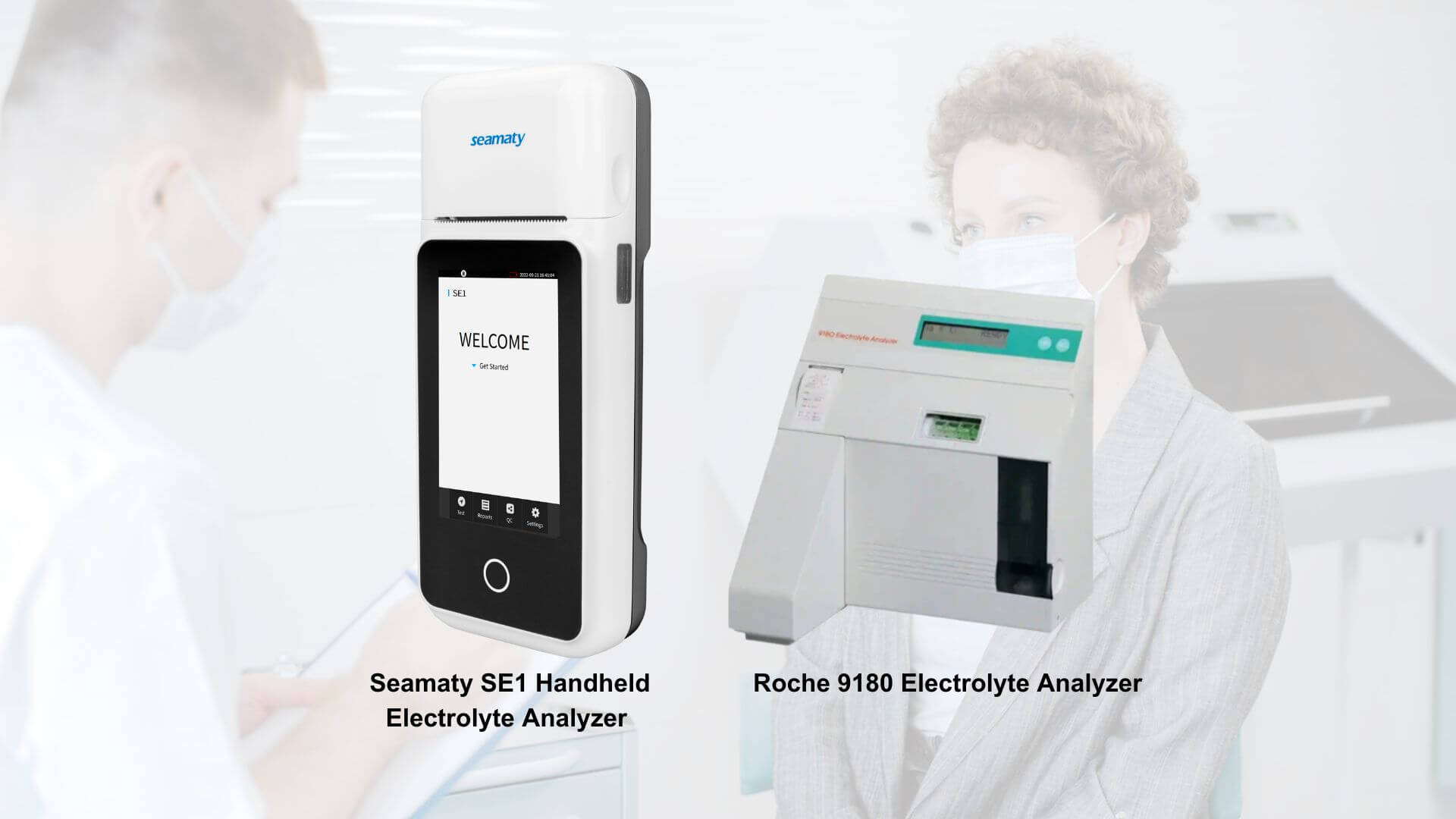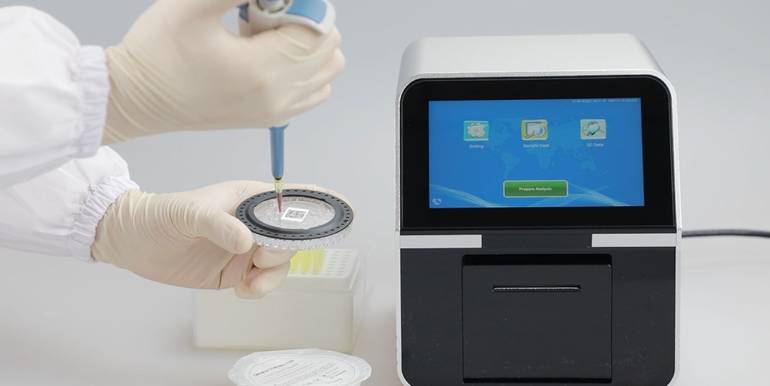release time:2024-03-26 14:37:15
In our previous exploration, we uncovered the intricacies and disparities between wet and dry chemistry analyzers. Now, we delve deeper into the indispensable realm of maintenance for these crucial laboratory instruments. Effective maintenance practices are pivotal in upholding the accuracy, reliability, and longevity of both dry and wet chemistry analyzers, thereby ensuring optimal performance in diagnostic and research settings.
A. Chemistry Analyzer Reagent Check: Wet biochemical analyzers rely on a range of reagents for accurate testing. Regular inspection of these reagents is paramount to ensure adequacy and validity. Reagents should be checked before each use, with particular attention paid to expiry dates. Expired reagents must be promptly replaced to uphold testing accuracy and reliability.
B. Daily Maintenance:Wet biochemistry analyzers feature intricate internal piping systems, necessitating meticulous daily maintenance to prevent issues such as blockages, leaks, or air ingress. Essential daily maintenance tasks include:
A. Simplified Operation: Dry biochemical analyzers offer streamlined operation by utilizing pre-configured dry reagent strips. Unlike their wet counterparts, dry analyzers do not require reagent preparation, resulting in simpler usage and maintenance procedures.
B. Maintenance Procedures: Maintenance of dry biochemistry analyzers is comparatively straightforward, owing to their simplified structure. Key maintenance procedures include:
A. For Wet Chemistry Analyzer: During prolonged periods of inactivity, it is crucial to prevent pipeline clogging by periodically flushing the system. Before storage, thorough drying of the pipeline is essential to mitigate moisture-related issues.
B. For Dry Chemistry Analyzer: Dry analyzers can be stored in a dust-free, low-humidity environment without the need for frequent flushing or extensive maintenance.
Before reactivating analyzers following extended storage, comprehensive quality control tests should be conducted to verify functionality. Any abnormal analyzers must be calibrated to ensure accurate test results.
Effective maintenance practices are fundamental in preserving the accuracy, reliability, and longevity of both dry and wet chemistry analyzers. By adhering to rigorous maintenance protocols, laboratories can uphold the integrity of diagnostic procedures, enhance patient care, and advance scientific research endeavors.


2023-07-28
Discover the key differences between the Roche 9180 and Seamaty SE1 Electrolyte Analyzers in our comprehensive comparison. Explore their features, portability, testing duration, throughput, user experience, precision, and reliability. Find the ideal solution for near-patient testing, improving patient care and medical decision-making.

2023-04-10
Regular check-ups with a veterinarian are an essential part of keeping pets healthy, let's explore the role of veterinary chemistry analyzers in veterinary diagnosis.

2021-09-02
POCT (point-of-care testing) can break through the limitations of testing professionals, space, and testing time, eliminating the need for sample processing, sample delivery, equipment testing, data processing, and data transmission. It is a method to obtain test results instantly and quickly.